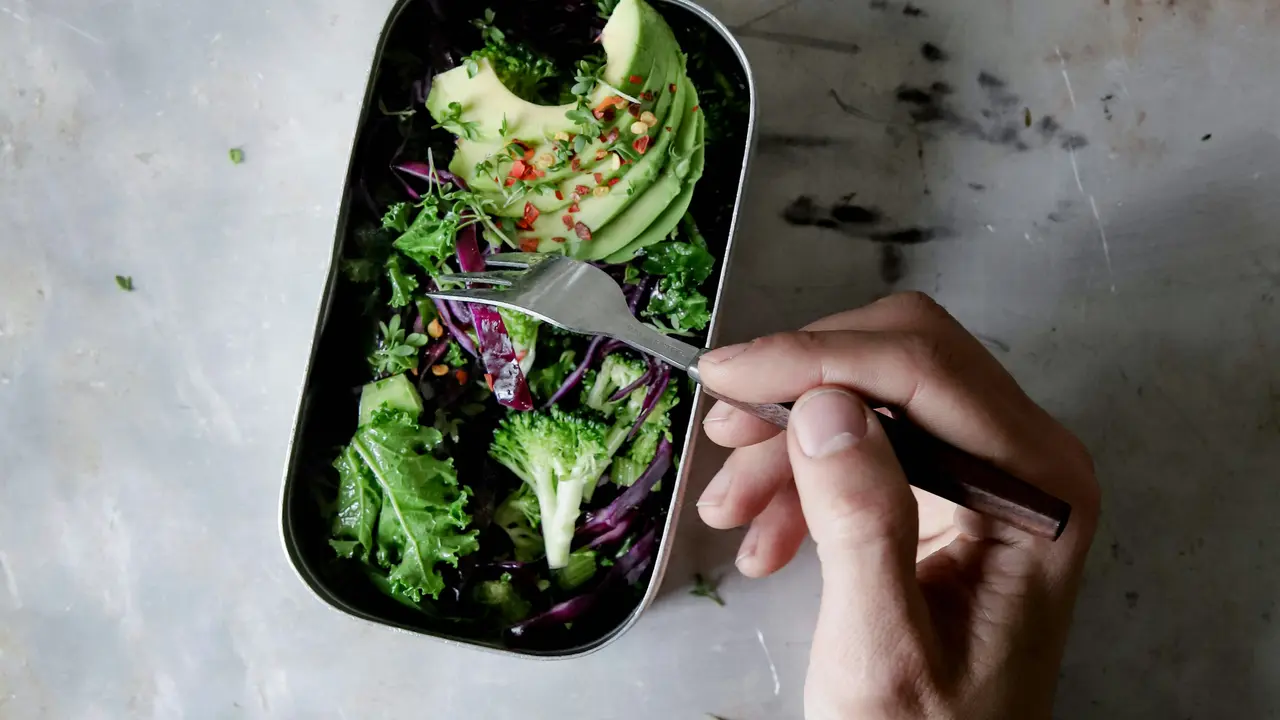Have you ever wondered what is a squirrel’s diet? These acrobatic animals not only bring charm to our parks and backyards but also play a crucial role in maintaining the ecosystem. In this article, we will explore the diverse eating habits of squirrels, delving into what they prefer to munch on throughout the year. Get ready to uncover the nutty preferences that make up a squirrel’s diet!
Understanding What is a Squirrel’s Diet
The Basics of a Squirrel’s Diet
A squirrel’s diet varies greatly depending on the species and their habitat. Generally, these small mammals are classified as omnivores, which means they consume a wide range of foods. Typically, their diet consists of:
- Nuts
- Seeds
- Fruits
- Vegetables
- Bark and leaves
- Insects and small animals
Squirrels also exhibit the behavior of caching, where they store extra food for later. This habit is vital for their survival, especially during the winter months when food is scarce.
Nut Varieties: A Squirrel’s Favorite Foods
Among the various food options, nuts hold a special place in a squirrel’s diet. They are rich in fats, proteins, and vitamins, making them an excellent energy source. The most popular nuts include:
- Acorns
- Walnuts
- Pine nuts
- Hazelnuts
Squirrels have a remarkable ability to locate their hidden caches, often relying on memory and smell to find them when food becomes scarce.
Seasonal Changes in a Squirrel’s Diet
Spring and Summer: A Time for Fresh Foods
During the warmer months, squirrels primarily consume fresh fruits and vegetables. Their diet will often include:
- Berries
- Flowers
- Tree buds
Insects are also an important part of their spring and summer diet. They provide additional protein that supports growth and reproduction during this time.
Autumn: The Nut Harvest
As autumn arrives, squirrels engage in frantic foraging activities to gather and store food for the winter. This is the peak season for nut consumption, and squirrels will actively seek out:
- Chestnuts
- Hickory nuts
- Pecan nuts
This frantic activity is crucial for building fat reserves and ensuring they have enough food during the cold months ahead.
Winter: Surviving the Cold
In winter, food options become limited, and squirrels rely heavily on their cached food reserves. They will often visit their hidden stashes and eat from what they’ve collected in the previous seasons. Some may even dig through the snow to uncover buried nuts, showcasing their remarkable adaptability.
The Role of Squirrels in the Ecosystem
Seed Dispersal
Squirrels play a vital role in forest regeneration through their foraging activities. By burying nuts, they inadvertently help in the dispersal of seeds, leading to new plant growth, and thereby contributing to biodiversity.
Prey and Predator Dynamics
While squirrels are primarily herbivorous, they are also part of the food chain. They serve as prey for various predators, including:
- Eagles
- Hawks
- Foxes
By being part of the ecosystem, squirrels maintain a balance in their habitat, showcasing the interconnectedness of various species.
Common Misconceptions About Squirrel Diets
Are Squirrels Picky Eaters?
A common misconception is that squirrels are picky eaters. In reality, they are opportunistic feeders. Their diet can adapt based on the seasonal availability of food and their surroundings, allowing them to thrive in diverse environments.
The Myth of Carrots and Vegetables
Many people assume that squirrels eat a lot of vegetables like carrots. While they can consume various greens, their preference skews towards nuts and fruits. Understanding their real favorites helps us provide better food options if we are inclined to feed them.
How to Feed Squirrels Responsibly
Feeding Tips
If you’re interested in enticing squirrels to your yard, here are some tips to feed them responsibly:
- Offer unsalted nuts like peanuts and walnuts.
- Provide dried fruits as treats.
- Plant native fruit-bearing trees to create a natural habitat.
What Not to Feed
Avoid feeding squirrels processed foods, bread, and sugary snacks as these can harm their health. Always prioritize natural food options that mimic their wild diet to ensure their well-being.
In conclusion, understanding what is a squirrel’s diet reveals these fascinating creatures’ dietary habits and their crucial role in our ecosystem. From nuts and fruits to seasonal foraging strategies, squirrels demonstrate remarkable adaptability. If you’ve enjoyed learning about their diet, be sure to share this article with fellow nature enthusiasts or explore other articles on wildlife in your backyard!
Diet – Recent Articles
- Can You Eat Deli Meat on Carnivore Diet? Discover the Truth!
- How Much Fat on a Keto Diet? Discover the Perfect Ratio!
- How to Make Chick-fil-A Diet Lemonade: A Refreshing Recipe!
- Discover What Is a Red Panda’s Diet: The Truth Revealed!
- Is Steak Good for Low Carb Diet? Discover the Truth!
Diet – Useful Links
- Harvard T.H. Chan – Diet Reviews
- CDC – Healthy Eating Tips
- MedlinePlus – Nutrition
- American Heart Association – Diet and Lifestyle Recommendations
- Mayo Clinic – Healthy Diets
